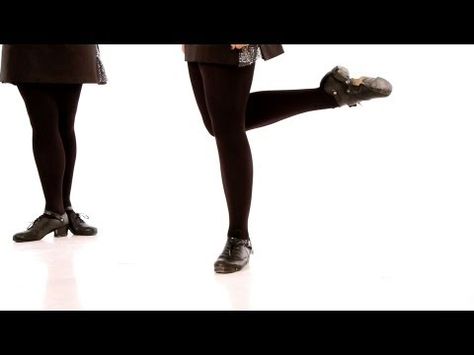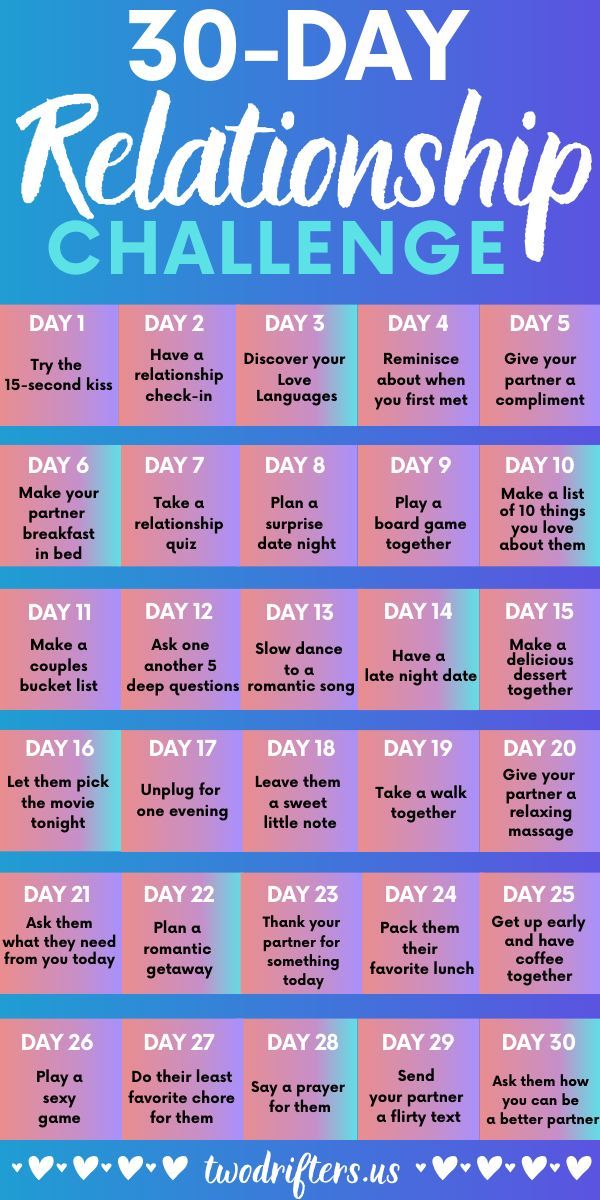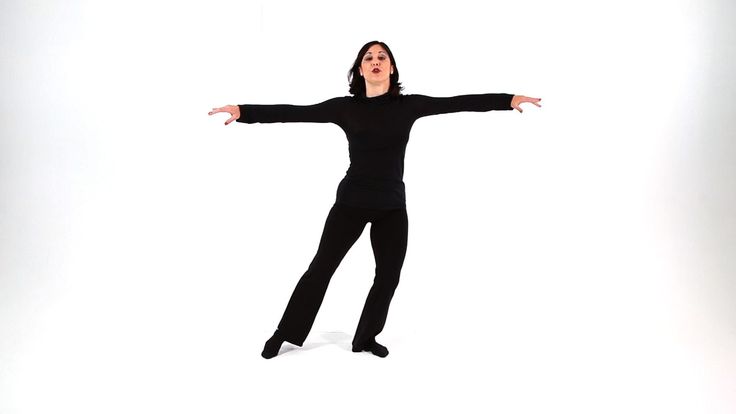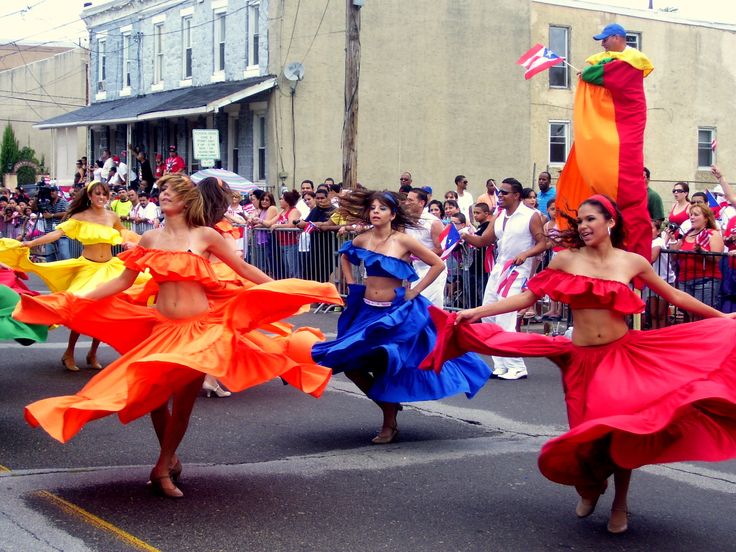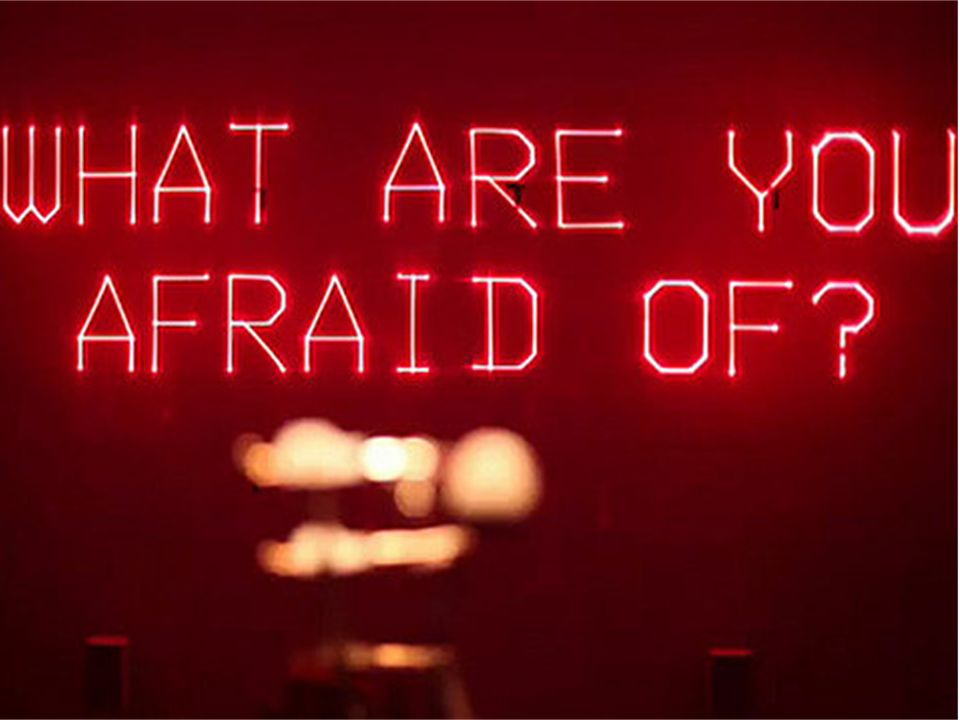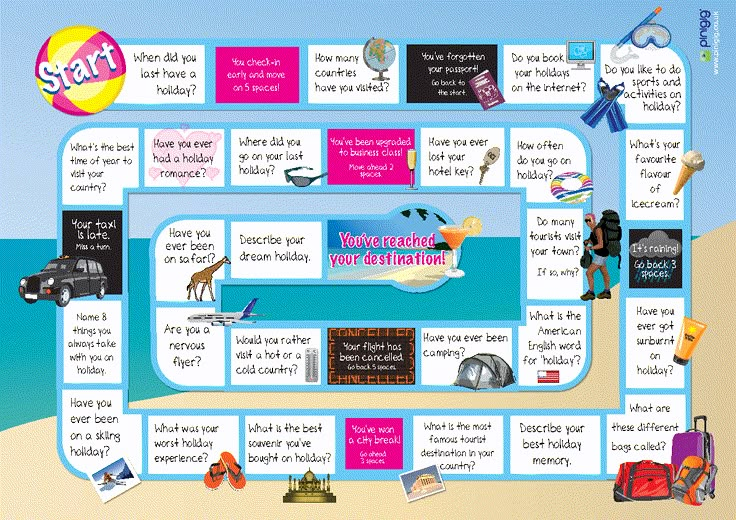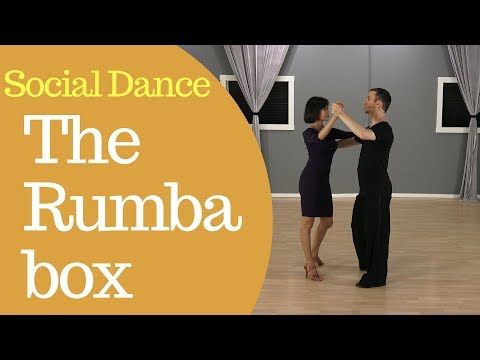How to get better at irish dancing
Top 10 Tips When Irish Dancing
1 Point Those Toes
Seems simple but you have no idea how easy this little tip is to forget. Irish dancers who win consistently do this every time they lift their feet. Now there are some exceptions to this first rule but if you’re not sure it always better to be safe and Point those toes.
2 Stay Tall As Possible
When Irish dancing its important to try to stay on your toes both in Hard and Soft shoes. Try to imagine that you are trying to stretch up to look as tall as possible. One teacher I used to know used to tell us that she was going to put a pebble in our shoes at the heel every time you put your heel down you could feel it. (now she never did but it worked lol)
3 Walk On The Yellow No Parking Line
Try to imagine the yellow no parking line, and you must stay on it with every step, lift and leap. This will keep your movements tight and straight ahead rather than drifting to the sides.
4 Feet Out
“Feet out” and “toes out” are common phrases dancers hear from their teachers in class, but as a beginner this feels so unnatural to start with. New dancers will often pick up bad techniques can end up dancing with their feet straight ahead or even turned in slightly. Try practicing in front of a mirror to help train your feet. But take your time and do not force it as this can cause injuries.
5 Perfect Your Crossover
Without doubt the hardest thing to master. It seems easy when getting told but trying to keep one knee in front of the other whilst dancing is incredibly difficult. Try to squeeze your thighs together and make a diamond between your crossed ankles as its hard not to cross your knees when your feet are that crossed, practice in front of the mirror until you get it.
6 Keep Your Arms Straight
This is perhaps the most distinct feature of Irish dance and the one that everyone tries to imitate when at a party.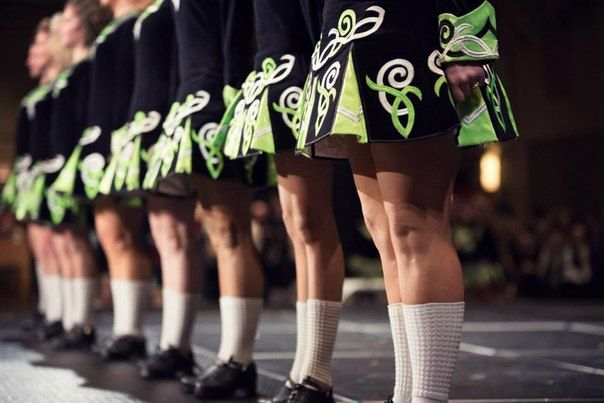 Keep your arms down straight and behind your back all the time.
Keep your arms down straight and behind your back all the time.
7 Keep Your Shoulders Back
Modern day life of sitting at school or work all day playing on your phones or working at the computer has made life a bit hard on Irish dancers, as shoulders are rounded, and heads are hung low. Many Irish dancers try to over fix this issue by nearly touching their shoulder blades together whilst sticking out their chests out and arching their backs. But try keeping that pose for a few hours of dancing, good luck. Just try to keep your shoulders back and your arms straight to maintain good posture.
8 Stop Staring At The Floor
This one might just be me. But nearly all dancers know to keep their heads up and straight, but I never realized that I like some others tend to look down at the floor with my eyes. Train yourself to keep looking straight ahead at your audience as this makes you look more confident in your performance.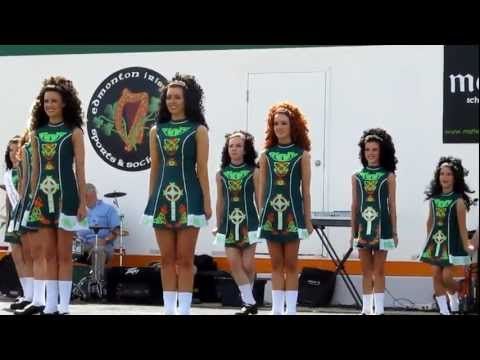
9 Stretch
It’s the most basic thing before you even get out on the stage, but you will still see people just rush in and hit the stage without warming up. Warming up before even just a practice is so important both for your flexibility and to prevent injuries. Stretching properly will not only help strengthen your muscles, increase your flexibility but helps with the flow to make your dance seem more graceful.
10 Enjoy Yourself
Now when your have finished a hard practice and your muscles are burning and your feet are on fire you may think why am I even doing this? But try to remember why you started its supposed to be fun. I personally have made some lifelong friends through competitions and the practice sessions. We have a bond of brotherhood (or sisterhood) through the hours of work and pain we have all suffered through, but we wouldn’t have changed a single thing, and I would recommend going to a local Irish dance class to anyone regardless or age sex or ability to just give it a go even if it’s for just for a fun exercise routine, and who knows you might just love it.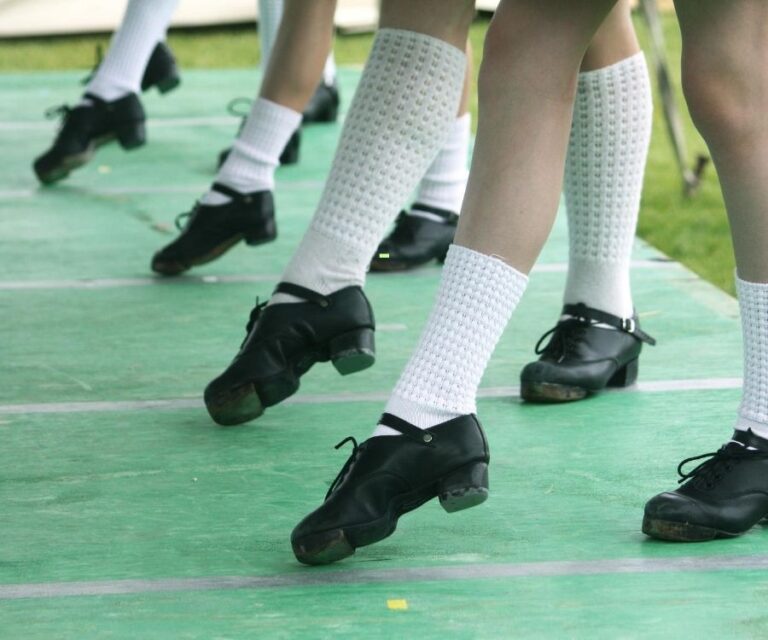
TIPS FOR DANCERS - Irish Dancing Magazine
By Gina Pongetti Angeletti, Physical Therapist, Performing Arts Medicine Specialist
Lines in the air and on the ground are what often separates a mediocre performance from a World champion in Irish Dance. From hip to toe, the straighter the lines, the better. An illusion of height while weight bearing such as in toe stands and while moving with birdies or trebles are great examples of how the thigh-shin-foot line can express finesse’. The illusion of leg length and height with free leg work such as scissors is yet another example of performance mastery.
Rising high up on your toes, as well as pointing your toes in the air, are a result of four things: how strong the muscles are to get the foot there in the foot itself, the strength of the muscles that co-contract such as quads, glutes and hamstrings, how flexible the ligaments are to allow the bones to move, and flexibility of the tissues to allow the ankle to attain the position! With a deficit in any of these areas, it becomes harder and harder to reach that last 10% of perfection!
Working daily in warm up as well as in class is important, but how you work contributes equally to success. Using the right muscles in groups will train the brain that the pattern “goes together”, such as quads to tighten the leg as well as calf to point the ankle and toe muscles to point the foot. Or when standing, that the glutes stabilize the hip, hamstring pull back the leg to vertical, the adductors pull the legs together (such as in toe stand or roll up) and then the quads and calves function as previous.
Using the right muscles in groups will train the brain that the pattern “goes together”, such as quads to tighten the leg as well as calf to point the ankle and toe muscles to point the foot. Or when standing, that the glutes stabilize the hip, hamstring pull back the leg to vertical, the adductors pull the legs together (such as in toe stand or roll up) and then the quads and calves function as previous.
Unfortunately, sometimes we sacrifice quality for quantity. Kicking higher is great, but with a bent knee, then teaches the wrong neuro pattern. Getting on “top” of your toes more may be great, but if you need to bend your knees and buckle at your hips to get there, it is not worth it. With pushing too hard, one can create achilles tendon issues if using the calf muscles too hard to lift the heel, when in reality, it may be ankle front flexibility that is the issue, for example.
Teachers need to be equally as concerned about preparation exercises as they are about creating positive group muscle patterns. Dancers need to constantly check posture and movement quality by videotaping and replaying from multiple different angels, slowing down video to watch exact positioning, and even getting assessed by a physical therapist for deficits to work on with a great plan!
Dancers need to constantly check posture and movement quality by videotaping and replaying from multiple different angels, slowing down video to watch exact positioning, and even getting assessed by a physical therapist for deficits to work on with a great plan!
Check out these suggested exercises to do regularly to create good patterning and the best possible foot position!
| Gina Pongetti, MPT, MA, CSC, ART-CERT. | As a former dancer and gymnast of 14 years, Gina has dedicated her career to the injury prevention and health promotion of the Performing Arts. Involved with National, Collegiate and Olympic gymnasts since 2003, much of her professional focus is on injury prevention and treatment. She is an accomplished adult triathlete herself: Gina raced in the Ironman World Championships in Kona, HI in October of 2006. She and her staff treat onsite weekly at dance studios, theaters and gymnastics gyms.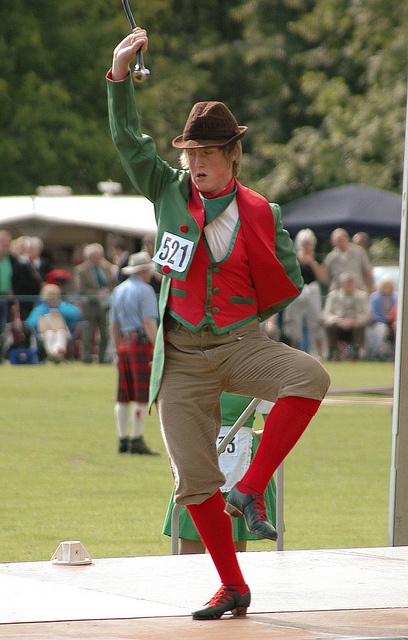 She is the provider of choice for many of the nation’s and world’s top touring performing artists, actors and an increasing number of Irish Dancers. In addition, Gina takes care of many of America’s top gymnasts, including local Elites, National Team members, World Team competitors, NCAA Champions, Olympians, and Pan American Champions. She is a world renowned speaker on gymnastics, dance and performance injury prevention and health/wellness. She is the provider of choice for many of the nation’s and world’s top touring performing artists, actors and an increasing number of Irish Dancers. In addition, Gina takes care of many of America’s top gymnasts, including local Elites, National Team members, World Team competitors, NCAA Champions, Olympians, and Pan American Champions. She is a world renowned speaker on gymnastics, dance and performance injury prevention and health/wellness. |
TO READ MORE TIPS FOR DANCERS, ORDER A SUBSCRIPTION TO IRISH DANCING MAGAZINE HERE!
Click here to return to our homepage
Irish dances: where to start
Nothing helps to plunge into the history of any nation so deeply as to study its cultural characteristics by your own example. One of the brightest examples is the passion for folk dances, including one of the brightest and most colorful - Irish. These incendiary dances have gained a lot of fans around the world due to their simplicity, relaxedness and the positive that they give!
Formed in Ireland in the 18th-20th centuries, but gained popularity around the world relatively recently, in the middle of the 9th0s, after the successful Riverdance and subsequent productions of Irish dance shows. At the moment, Irish dances include the following types:
At the moment, Irish dances include the following types:
- Solo dances, characterized by fast and clear foot movements with a stationary body and hands.
- Kaylee - couple or group dances based on the basic steps of solo dances and aimed at staged shows in which many dancers dance at the same time.
- Set dances - social dances in pairs, which differ from the ceili in that they are based on the simplest steps of the French square dance.
- Shan-nos - a special performance of Irish dances, left in one of the Irish regions, preserved in its unique form and not affected in any way by the activities of dance masters and the Gaelic League.
At first glance, Irish dancing may seem very complex and out of reach. Put aside doubts and enroll yourself or enroll your child in classes. You will see that it is very easy to master them, and the incredible color and positive mood of this dance will not leave anyone indifferent.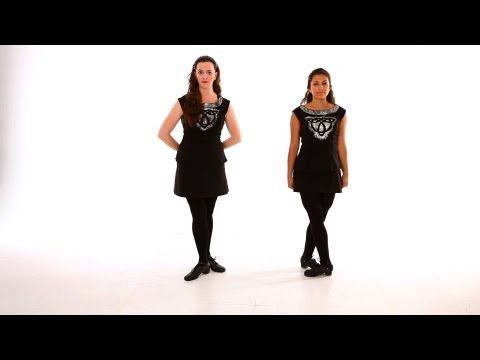
So you've made up your mind to learn Irish dancing or give up your child, but don't know where to start? In this article, we will help you figure it out. You need to start training with basic steps and jumps. It is important to choose comfortable clothing: it should be as free as possible and not restrict movement. Ideally, this is a short loose skirt, or comfortable shorts for girls and trousers for boys. Proper footwear is also extremely important. It is divided into two types: hard with heels on the toe and heel and soft for jumping. At first, light Czechs or moccasins will be an ideal option. Do not be afraid to ask your teacher for advice, he will always advise students on what is better to do at one stage or another of mastering the dance.
The main feature of this direction is, of course, fast jumps and side steps. Therefore, in order to exclude the possibility of injuries and misunderstandings, each session should begin with a warm-up to help warm up and prepare the muscles for the upcoming loads. Although the entire upper body and arms remain motionless during the dance, this does not mean at all that the corresponding muscles are not working. It is very important to keep an even, straight posture and a toned stomach throughout the workout. The basic steps are quite simple, learning how to perform them is very simple. Taking a wide step with your right foot diagonally to the left, transfer your weight to it, leaving your left foot on the toe behind. After performing this movement several times in each direction and bringing it to automatism, you can proceed to jumping. During the dance, high jumps are performed, giving the impression that the dancer is shooting upwards with his body. At first, you should not try to jump as high as possible, first you need to focus on the correct execution of pushes, as well as on the static position of the body with pressed hands. In this case, the eyes should be directed only forward. All the basics will be taught to you in the beginner group of the dance school and all the important points will be explained in detail.
Although the entire upper body and arms remain motionless during the dance, this does not mean at all that the corresponding muscles are not working. It is very important to keep an even, straight posture and a toned stomach throughout the workout. The basic steps are quite simple, learning how to perform them is very simple. Taking a wide step with your right foot diagonally to the left, transfer your weight to it, leaving your left foot on the toe behind. After performing this movement several times in each direction and bringing it to automatism, you can proceed to jumping. During the dance, high jumps are performed, giving the impression that the dancer is shooting upwards with his body. At first, you should not try to jump as high as possible, first you need to focus on the correct execution of pushes, as well as on the static position of the body with pressed hands. In this case, the eyes should be directed only forward. All the basics will be taught to you in the beginner group of the dance school and all the important points will be explained in detail.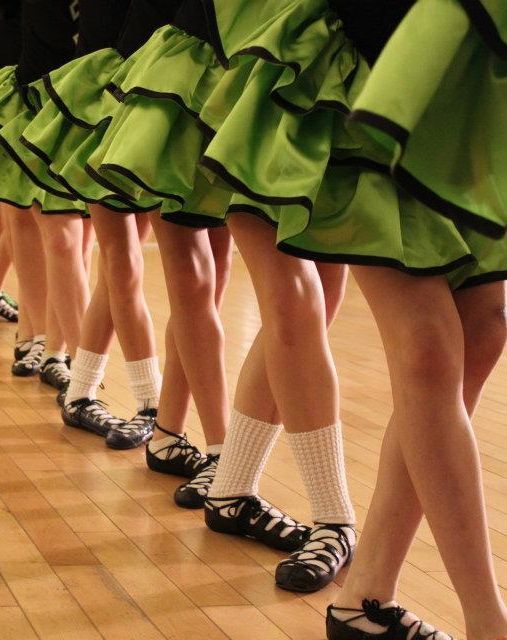 And then it's a matter of practice and working out the information received.
And then it's a matter of practice and working out the information received.
In addition to its aesthetic beauty, Irish dances have great health benefits. They develop muscles, improve posture and keep the body in good shape. Regular exercise improves blood circulation, thereby beneficially affecting the work of all body systems. They develop the respiratory system, strengthen blood vessels and improve immunity.
Basic movements can also be learned at home, but classes at a dance school with professional teachers according to a specially developed methodology will help to master them most effectively. And although the smooth movements of Irish dances can be achieved quite quickly, the special step rhythm of these dances can be acquired only by regular training.
At first glance, Irish dancing may seem very complex and out of reach. Put aside doubts and enroll yourself or enroll your child in classes. You will see that it is very easy to master them, and the incredible color and positive mood of this dance will not leave anyone indifferent.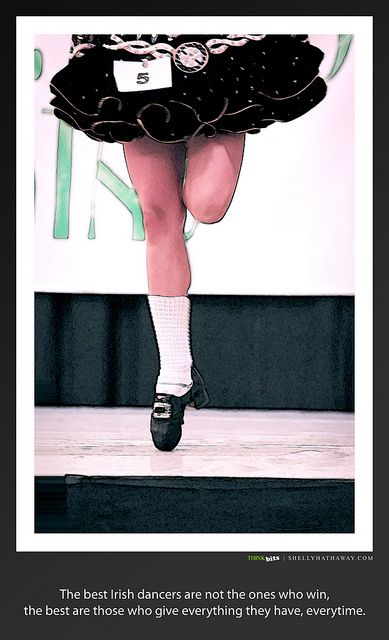
Comfortable conditions
Your choice is in favor of our dance and sports school!
We have 3 modern dance halls, separate dressing rooms, waiting area
Free lessons
Free trial lesson in EVERY direction. 100% Your right choice!
A lot of styles
We offer various popular destinations for the whole family
Performances
You are waiting for - reporting lessons, concerts, competitions and other events
Caring trainers
Classes are conducted by professionals in their own direction. You are in good hands!
Student achievements
Our pupils are winners and prize-winners of competitions of various levels
Free trial lesson in each direction - choose your style!
Enroll
Get a consultation
Irish dance lessons for beginners: simple movements
Ireland is an unusual and mysterious country, the unique charm of which is given by evergreen hills, ancient castles, and of course amazing dances.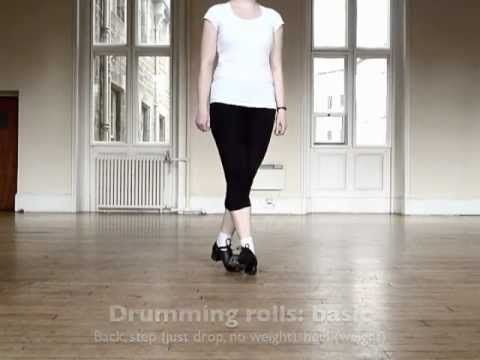 National dances are performed only to Irish music and look very beautiful and spectacular, thanks to the speed of movement and rhythm. Currently, this dance direction is extremely popular in many countries. There are many schools and studios that teach jig, reel or hornpipe, but you can learn how to dance Irish dances on your own. Depending on the technique of performance and the number of participants, the following varieties are distinguished:
National dances are performed only to Irish music and look very beautiful and spectacular, thanks to the speed of movement and rhythm. Currently, this dance direction is extremely popular in many countries. There are many schools and studios that teach jig, reel or hornpipe, but you can learn how to dance Irish dances on your own. Depending on the technique of performance and the number of participants, the following varieties are distinguished:
- Solo, represents rhythmic and clear movements of the legs, while the body and arms are motionless, one person is dancing.
- Group, performed by a group of up to 16 people, and include elements of solo dances with rebuilding in a circle, line or column and the inclusion of hands.
- Folk or social, characterized by simple quadrille-like movements, danced in pairs.
For those who decide to learn how to dance Irish dances on their own, video lessons for beginners will be an excellent tool. It is better to start with a solo direction, which includes: jig, reel, hornpipe and solo sets.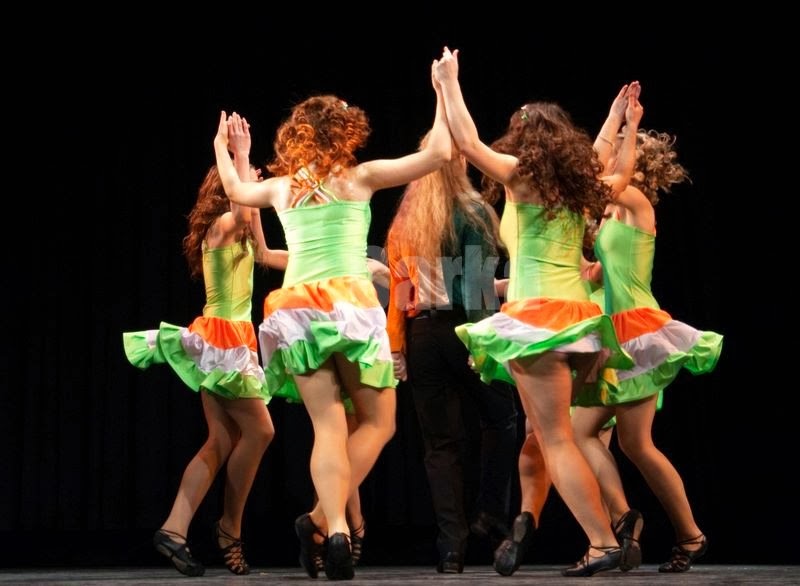
Jig
Performed to the music of the violin. Fun and cheerful jig, consists of traditional jumps and special steps. The jumps are quite high, which makes a lasting impression, but at the initial stage, you should not jump high. First you need to learn how to properly hold the body and press your hands, and most importantly, land softly. Dynamic and spectacular Irish dances can be a serious challenge for beginners.
Reel
Reel is believed to be of Scottish origin, but has been heavily modified to include true Irish elements. Great for beginners and is usually the starting point for learning how to dance Irish dance properly. May be fast or slow.
Fast paced reels have a set of simple movements, while slow ones are characterized by a more complex set of figures, including high jumps. The technique of execution, depending on the type of footwear, can be soft or hard.
Hornpipe
Includes jumps and tap dance elements, touching the floor alternately with the heel and toe, creates a drumming effect. Hands are usually located on the belt or extended at the seams, and swings are made with a leg bent at the knee. It is performed only in hard shoes and is the most difficult to master. Somewhat similar to the reel, the hornpipe is notable for its particular dotted rhythm and emphasis on the first count. It can also be slow and fast.
Hands are usually located on the belt or extended at the seams, and swings are made with a leg bent at the knee. It is performed only in hard shoes and is the most difficult to master. Somewhat similar to the reel, the hornpipe is notable for its particular dotted rhythm and emphasis on the first count. It can also be slow and fast.
Set solo dances
A distinctive feature is a special set melody, which can be traditional or author's, and differs in its structure from ordinary Irish music. Under such melodies, unique dance compositions are developed, intended for participation in competitions, which will include complex steps and non-traditional elements. From generation to generation in Ireland, the music and steps of solo sets created in the distant past and called traditional are transmitted.
Irish dancing is not only an amazing charge of positive energy and energy, but also a great way to increase stamina and improve physical fitness. Having mastered the basic elements, you can continue to use lessons for beginners to learn Irish dances, or contact a special studio.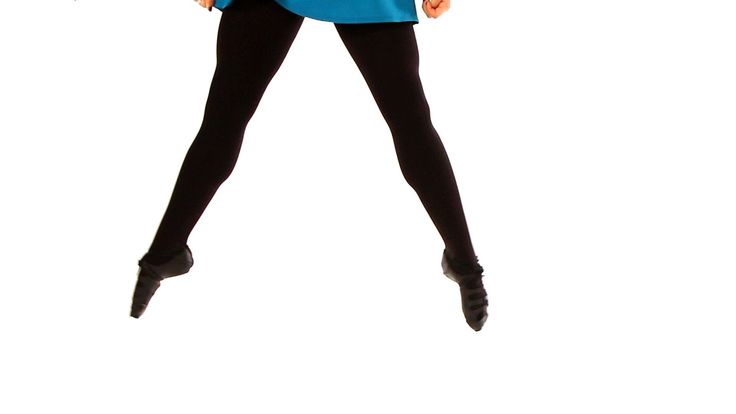 Speed, clarity and rhythm of movements will come with regular practice.
Speed, clarity and rhythm of movements will come with regular practice.
Our school invites you to join one of the brightest and most popular ethnic styles and invites you to Irish dancing. The Irish for centuries, against all odds, carefully preserved their cultural heritage, thanks to which we have the opportunity to enjoy these magnificent styles. They are more like flying than actually dancing, perhaps because of the contrast between the fixed body and the fast movements of the legs. Irish dances are beautiful and varied. There are a huge number of different constantly developing currents. We are developing the sport of modern Irish dancing, children and adults are actively training throughout the year to take part in Russian and foreign competitions. This direction gained wide popularity and became popular after the legendary performance of the show group Riverdance at the Eurovision final at 1996 year.
The main types of sports Irish dances are:
Solo by difficulty levels.
Group traditional (keili).
Staged figures with the author's choreography.
Irish dance classes are a great opportunity to develop physically, children and adults improve posture, develop flexibility. Preparation for tournaments will make your child more purposeful and disciplined, he will learn to work on himself and strive for better results, and participation in group dances will teach him to work in a team. The sports component develops the will to win in children and teaches them to cope with failures. This direction is very mobile, so this is a great leisure activity for active children. Another important feature is that most of the competitions are solo, you do not need to look for a partner to learn Irish dancing.
We accept everyone. Experience shows that the desire to practice and grow is more important than the original physical ability. With the right motivation and stable work, anyone can achieve high results.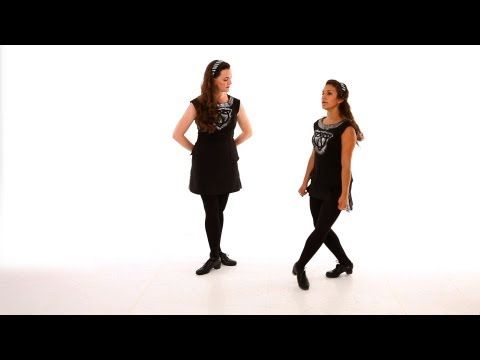 This is confirmed by the success of our dancers, who successfully perform at competitions of any level - from small Russian ones to European championships.
This is confirmed by the success of our dancers, who successfully perform at competitions of any level - from small Russian ones to European championships.
Our Irish dance school "Phoenix" is one of the best in the north of Moscow, it employs experienced trainers who try to find an approach to any student. Lessons are held in a relaxed friendly atmosphere. If you want your child to have a fun, dynamic and rewarding time, Irish dancing is a great choice. We are located near the metro Voykovskaya or Sokol (SAO) and invite all children from 4 years old to classes, as well as adults without age restrictions. There are group lessons for both beginners and advanced. More details can be found on the website below.
The Dance.Firmika.ru portal contains information about where you can sign up for Irish dance classes in Moscow: addresses and phone numbers of dance schools and dance studios, prices for the most popular directions, student reviews. For greater convenience in using the portal and searching for a dance school, we suggest using a convenient filter by districts and metro stations.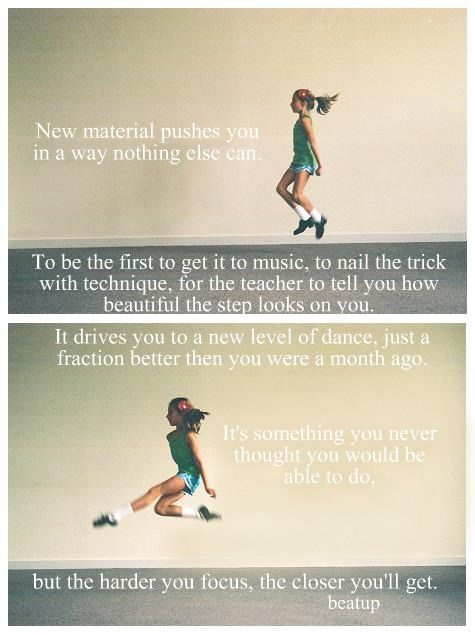 Visual tables will help you compare the cost of classes and trainings in different dance studios in the city, choosing the best option for the price.
Visual tables will help you compare the cost of classes and trainings in different dance studios in the city, choosing the best option for the price.
Irish dances can safely be called one of the oldest dance directions, the first mention of which dates back to the XI century. hard to find another similar dance in which the rhythm is so harmoniously intertwined, fun and energy.
Irish dance - style features
Irish step dance, danced solo, belongs to the demonstrative directions that originated in Ireland. Gradually developing from traditional elements, today it is a very exciting sight. Initially, the dance developed in countries where there was a large Irish diaspora, but over time it gained fans among the locals as well. This led not only to the appearance of simple demonstration performances and various shows, but also to the development of all kinds of competitions held in Ireland, the USA, England and other countries.
It is difficult to confuse the Irish dance with others - the distinctive features include an almost motionless body, hands down, fast and clear foot movements.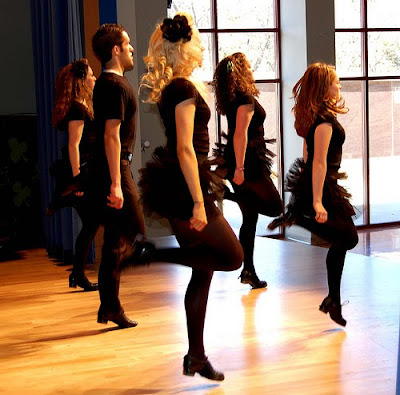 Due to the fact that the main movements of the dance involve the work of only the legs, there is also a second name for Irish solo dances - step dances. Although in Russian the word "step" usually means dances, during which sound is extracted with the help of sonorous heels. However, this does not prevent you from dancing Irish dances in shoes with soft soles.
Due to the fact that the main movements of the dance involve the work of only the legs, there is also a second name for Irish solo dances - step dances. Although in Russian the word "step" usually means dances, during which sound is extracted with the help of sonorous heels. However, this does not prevent you from dancing Irish dances in shoes with soft soles.
Irish dance steps are individual for each school and directly depends on the teacher. Each professional teacher personally develops steps for his students. All movements use the same basic elements, but in general each dance is unique.
How would you benefit from Irish dance lessons?
This is a very proud dance that inspires confidence and self-esteem dignity in a dancer. In the classroom, students learn to feel the rhythm well and music, reflecting them in every movement. Irish dance lessons teach constantly listen to your body and fully control it. Since during dance, only the legs are involved, the head, body and arms remain motionless - this teaches you to perfectly coordinate your own movements.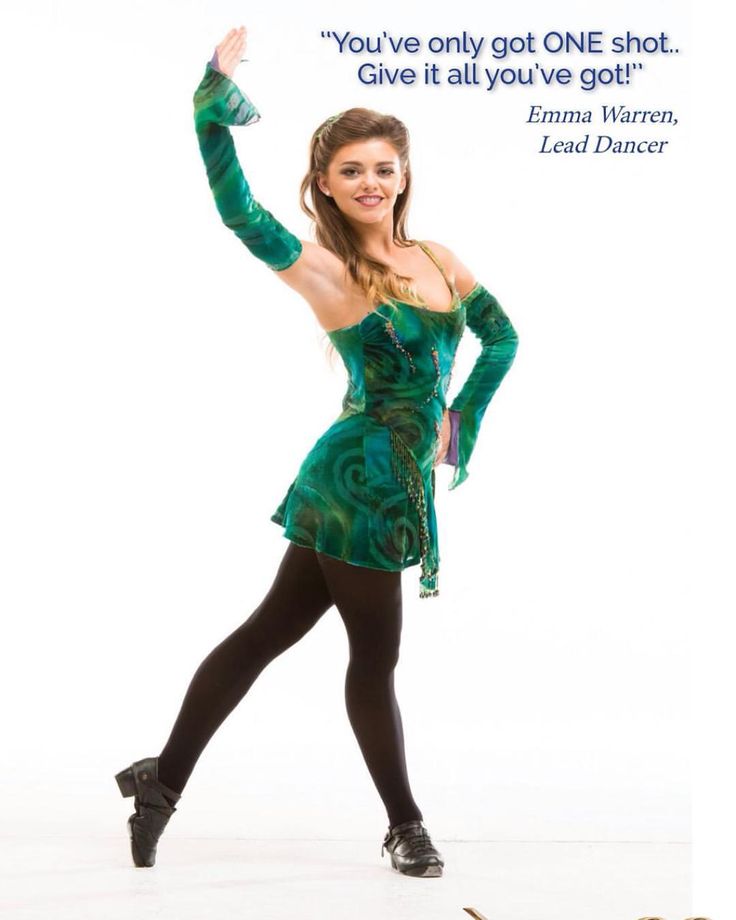
Having decided to start learning Irish dancing, you need to take care of clothes. It should be comfortable and not restrict movement. Girls fit light T-shirts, tops or blouses, tight tights or leggings, short, knee-opening skirts. You can also wear shorts. Their shoes are worth giving away preference for soft models: Czechs, ballet flats, jazz or Irish.
Irish dance: training in Moscow
Emotional and energetic Irish dances are very popular in different countries. For quite a long period of time, interest in them has not weakened, and the number of people wishing to engage in them is constantly growing. Fans of Irish dancing in Moscow have long perceived them as a serious sport that requires long-term training.
Irish dancing has an amazing energy effect on the audience. People sitting in the hall, watching the rhythmic dancers on the stage, would gladly join the dancers. Of particular interest are the unusual poses of the tap dancers: the upper part of the body is practically motionless, the arms also do not take part in the dance, but that's what the legs are capable of! They bear the main responsibility for the entire dance.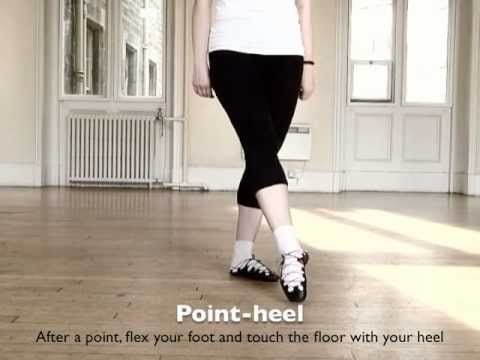
Irish dancing: from the time of the Druids to the present
Irish dancing dates back to the time of the Druids. Initially, they had a ritual orientation and were performed in a circle. However, despite their specific purpose, even then they were unusually rhythmic and emotional. In medieval Ireland, the clergy imposed a ban on hand movements during the dance, believing that it was the activity of the hands that attracted the forces of evil.
Irish dances as part of the national culture of Ireland have long been popular only in their homeland and even in America, as there are many Irish emigrants in this country. But in the last decade of the last century, several enchanting Irish dance shows appeared that turned the idea of \u200b\u200bIrish dance around the world.
"Lord of the Dance", "Gaelforce Dance", "Riverdance" - after seeing such a production once, people usually want to enjoy such a spectacle regularly. In addition, many people think about learning Irish dances in order to master all the skills of these amazing colorful movements to fiery and rhythmic music.